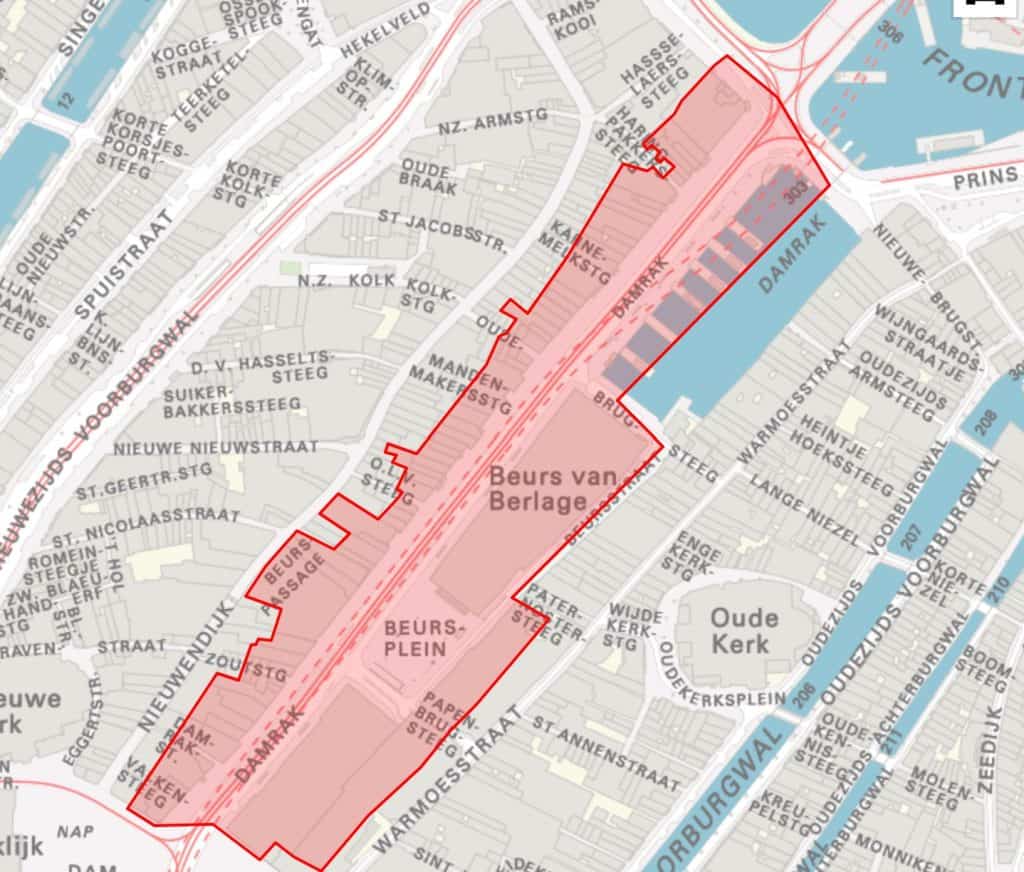Amsterdam’s Building History
I’ve just returned from a 5 day trip to Amsterdam and noting the amount of buildings affected by subsidence has prompted me to write this blog.

As you’ll know, Amsterdam’s wealth came from its growth as a trading port, primarily importing spices such as pepper, nutmeg etc, from all over the world. This is why we see most of the buildings have high level lifting hooks and beams installed; initially used to lift imported goods but now more frequently used to lift furniture to the upper floors.

Structural Damage
You don’t have to walk far along Amsterdam’s canals to spot buildings affected by subsidence and structural damage, with one row of crooked houses famously referred to as the ‘drunken houses.’
One facade was so badly damaged that it had to be permanently supported by a large external timber frame.

Amsterdam’s buildings are built on timber piles, sunk 12-20 metres into the soft marshland, which are then topped with a foundation beam before the buildings were constructed. These timber piles varied greatly in length, width, quality, and even timber species. Some timber piles have been affected by timber decay or have continued to sink into the marshland, having not been correctly sized or sufficiently driven into the firm ground below. All buildings built pre-1925 are likely to have these issues.

Building Codes
These buildings are issued with four building codes relating to the quality and condition of the foundations which in simple terms can be categorised as:
Code 1: Good condition (Rare for a pre-1925 property)
Code 2: Sufficient Condition (Piles should be good for around 25 years)
Code 3: Sub-standard condition (Minor structural damage should be expected within 10-15 years)
Code 4: Quality Insufficient (Repair or replacement of the foundations will be needed immediately)
Code 4 is of course problematic since many of these canal side properties are privately owned with their owners not having the 100-150 thousand euro’s needed to replace the foundations, though low interest loans are available from the Amsterdam municipal fund. Foundation repairs involves driving in new piles alongside the old ones.
Subsidence Monitoring
Measuring bolts are installed to building facades throughout Amsterdam, and regular measurements are taken and recorded on a publicly available database. This will bear some relationship to how we install ‘tell tales’ on buildings in the UK to monitor seasonal or progressive movement.
The map below shows how the beautiful buildings on the Damrak are subject to this monitoring. These buildings are further illustrated in figure 1.

Foundation Reports
You would need to obtain a foundation report in a number of circumstances:
You will need a foundation report if:
- You are buying a property and want to check if there is subsidence.
- You are planning major renovations.
- You suspect that your property has subsidence due to cracks appearing, or other signs of building movement. (Door or window frames out of square etc.)
- You are applying for a subdivision permit for a building constructed before 1940. (Dividing a house in Amsterdam has become increasingly popular due to their housing shortage and sky high house prices).
An interesting story I heard is that it costs 400,000 Euro’s for a canal boat mooring license in Amsterdam, there are a limited number of licenses. Whereas we might think those on a budget live in house boats, in Amsterdam, the reverse is true. On the plus side; your boat will never need a foundation report.

Leave a Reply